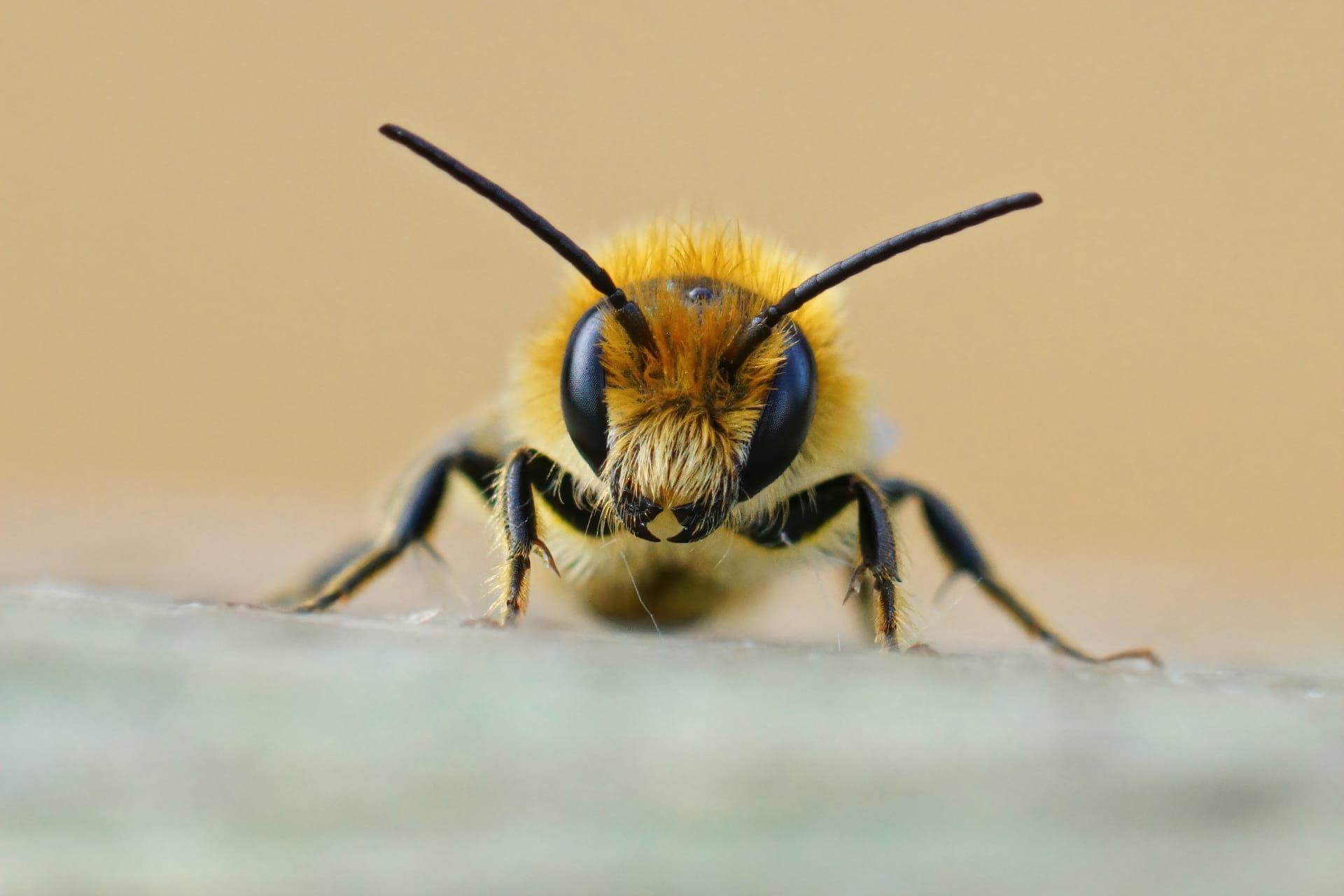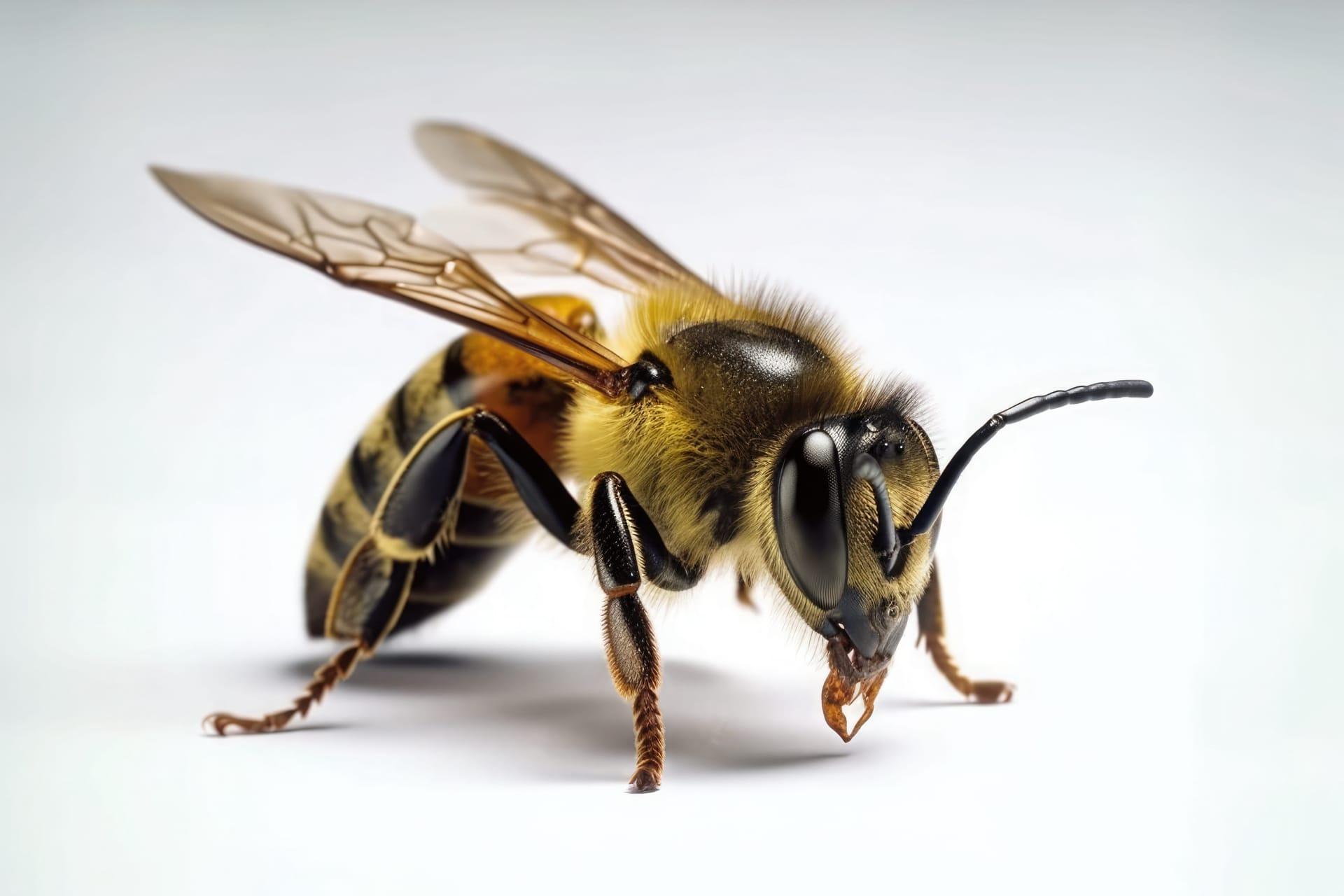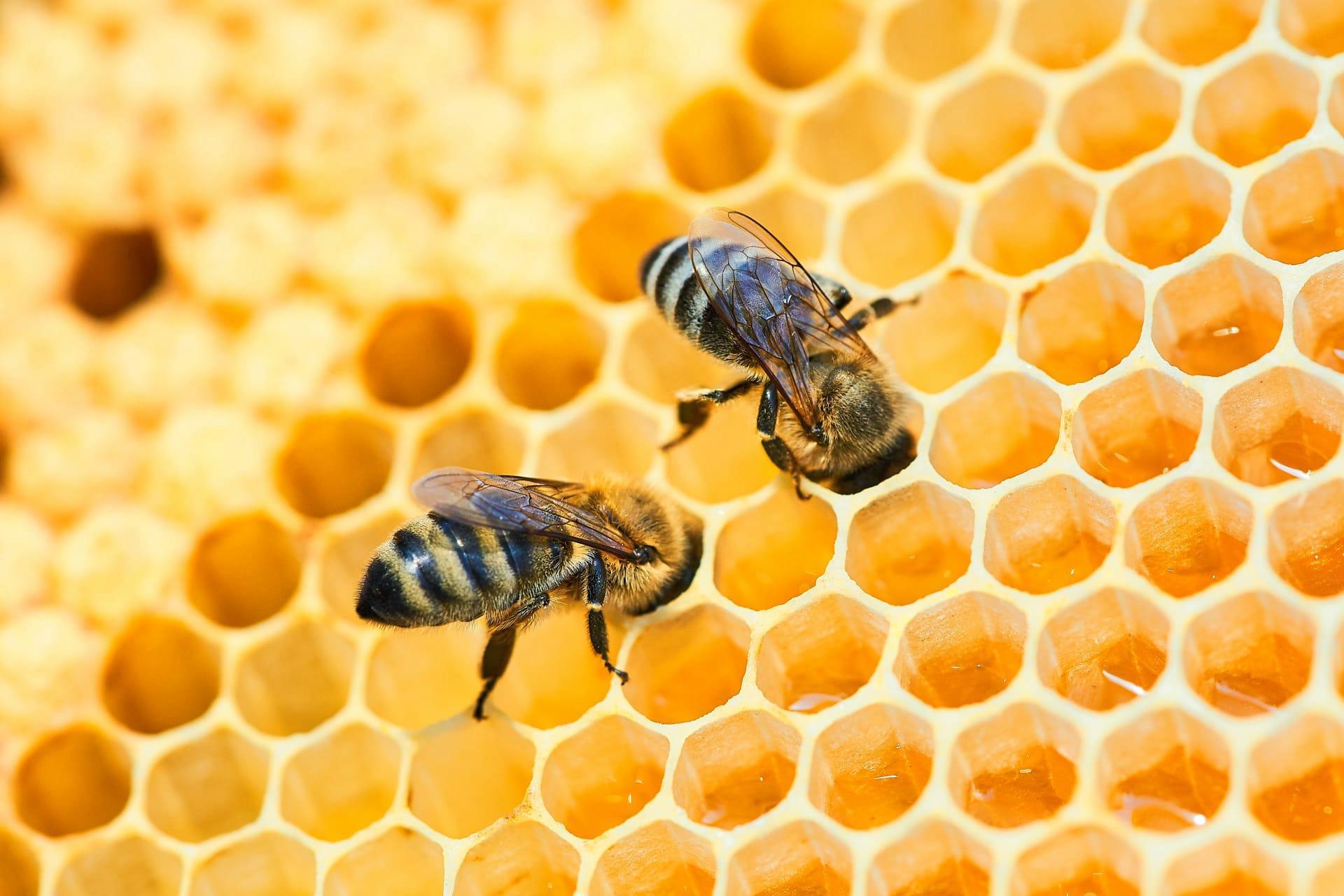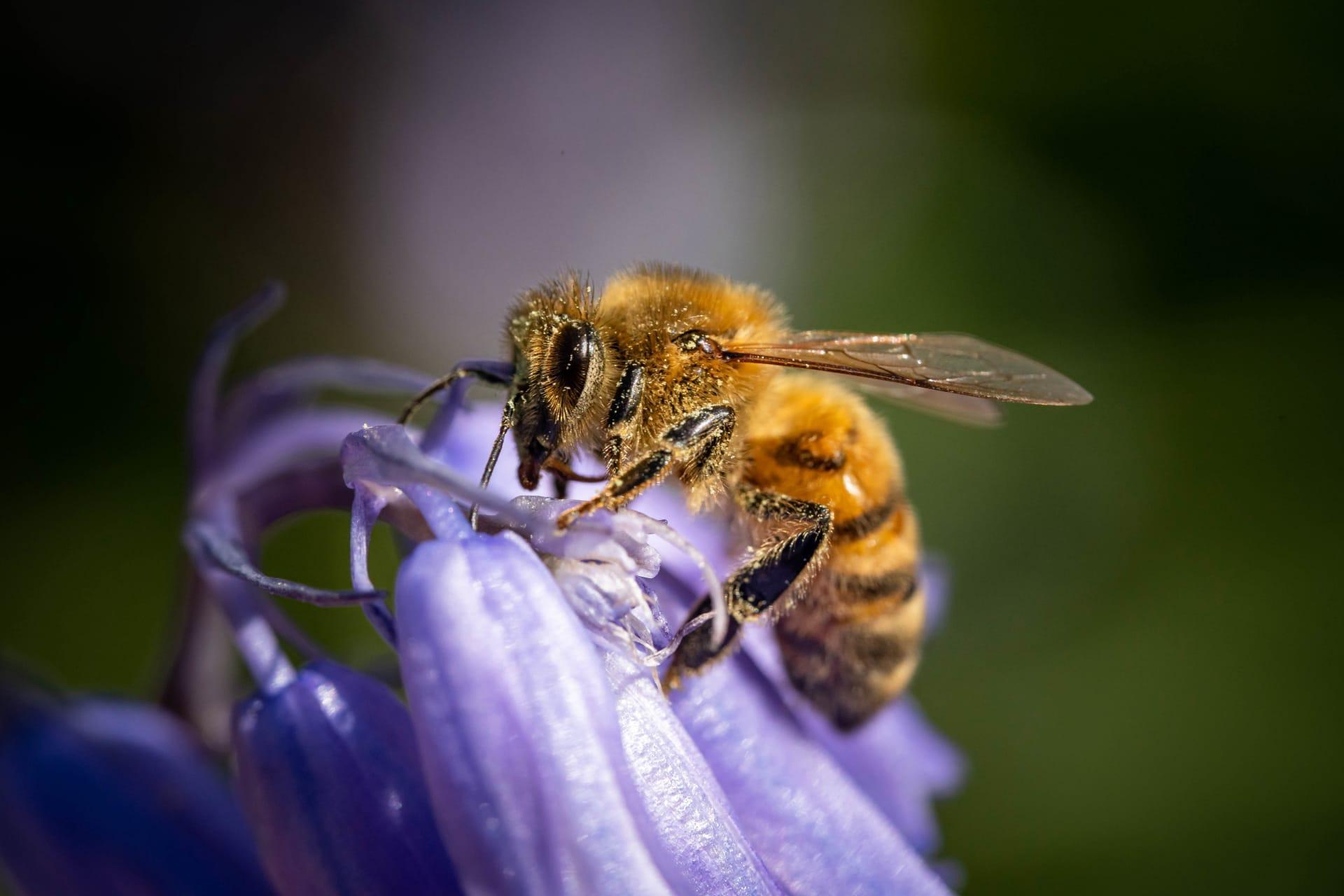1
Bees are incredible navigators. When a bee discovers a good source of nectar, it flies back to the hive and performs a "waggle dance." This dance is a sophisticated form of communication that tells other bees the direction and distance to the nectar source relative to the sun's position. The duration of the waggle part of the dance is proportional to the distance from the hive; roughly, every second of waggling equals a distance of about 750 meters.
Another fascinating fact is about the queen bee, the only fertile female in the hive. She has a remarkably long lifespan compared to other bees, living up to 5 years. Her primary role is to lay eggs, and during peak season, she can lay up to 2,000 eggs per day. That's more than her body weight in eggs every single day!

2
Bees have five eyes – two large compound eyes and three smaller ocelli eyes in the middle of their forehead. The compound eyes are made of thousands of tiny lenses, allowing them to detect ultraviolet light and polarized light, which is invisible to humans. This ability helps them navigate and find flowers even on cloudy days.
Their wings beat incredibly fast, at about 200 beats per second, which is what creates their distinctive buzzing sound. This rapid wing movement not only helps them fly but also assists in regulating their body temperature. The buzzing sound of a bee can even change based on the bee's activities, such as when they are defending the hive or carrying heavy loads of pollen and nectar.

3
Bees are vital for pollination. They are responsible for pollinating about one-third of the food crops we eat. In this process, bees transfer pollen from the male part of one flower to the female part of another, fertilizing the plant so it can grow and produce food. Without bees, many of our favorite fruits, vegetables, and nuts would be much harder to grow.
Bees produce more than just honey. They also make beeswax, royal jelly, and propolis. Beeswax is used in candles, cosmetics, and polishes. Royal jelly, a nutrient-rich substance produced to feed queen bees and larvae, is thought to have health benefits for humans. Propolis, a sticky substance made from tree sap, is used by bees to seal and protect the hive and has antibacterial properties.

4
Bees have a unique way of staying cool. In hot weather, some bees will collect water and spread it around the hive. Then, other bees fan their wings to evaporate the water, similar to an air conditioner. This cools the hive and protects the developing larvae.
Honeybees can recognize human faces. In a study, bees were trained to associate pictures of human faces with sugary food rewards. They were then able to remember and recognize the faces, even after several days. This suggests bees have a remarkable memory and ability to process complex visual information.

5
Bees have a sense of time. They can be trained to visit a food source at a specific time of day, and they can even adjust their schedule to changes in time zones. This internal clock helps them to optimize their foraging efficiency and coordinate with the timing of flower nectar production.
Lastly, the honey produced by bees is the only food that includes all the substances necessary to sustain life, including enzymes, vitamins, minerals, and water. Plus, it's the only food that contains "pinocembrin," an antioxidant associated with improved brain functioning. Honey is unique in that it never spoils – archaeologists have found pots of honey in ancient tombs that are thousands of years old and still edible.